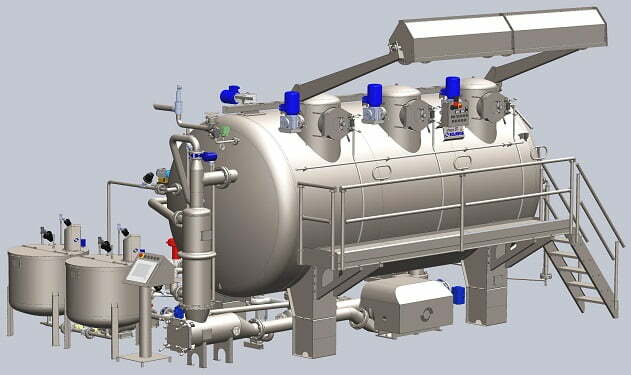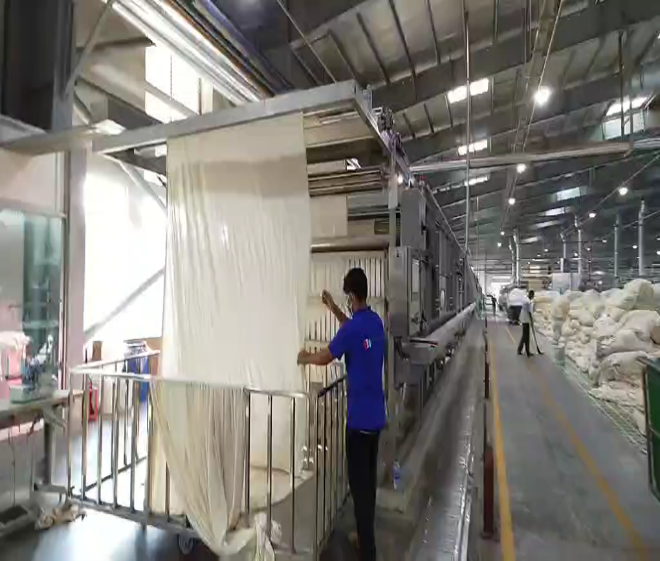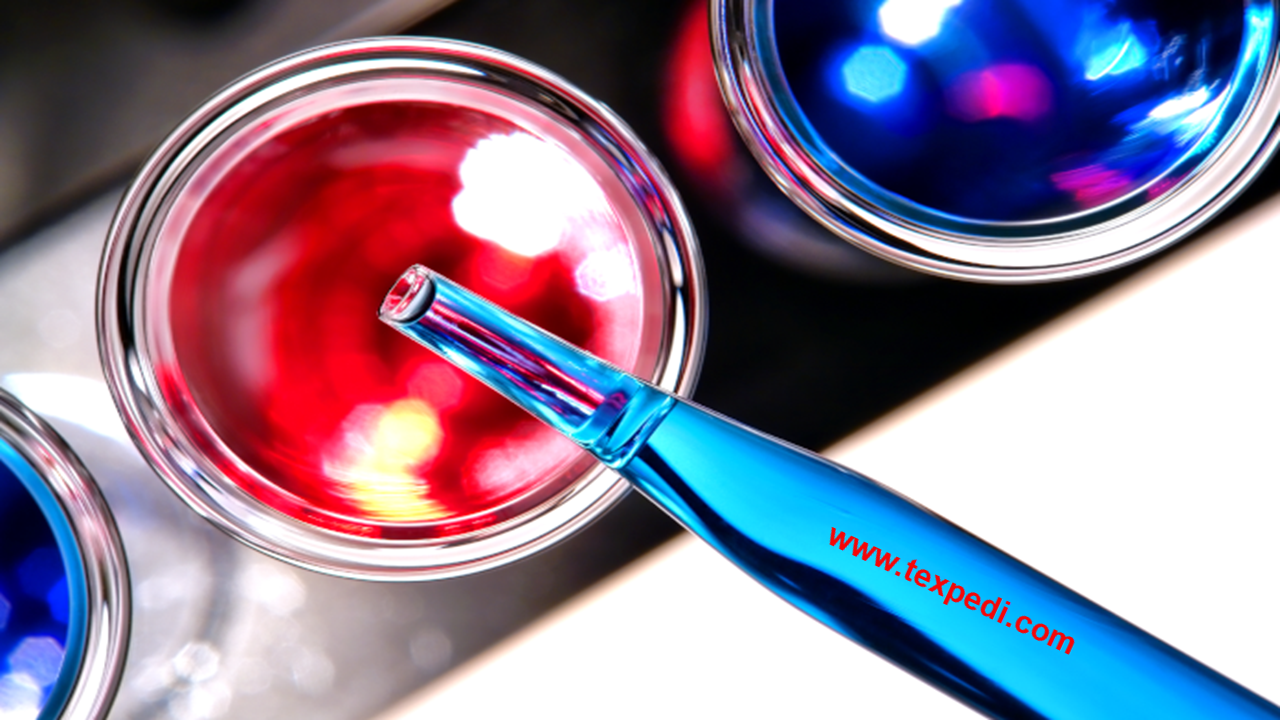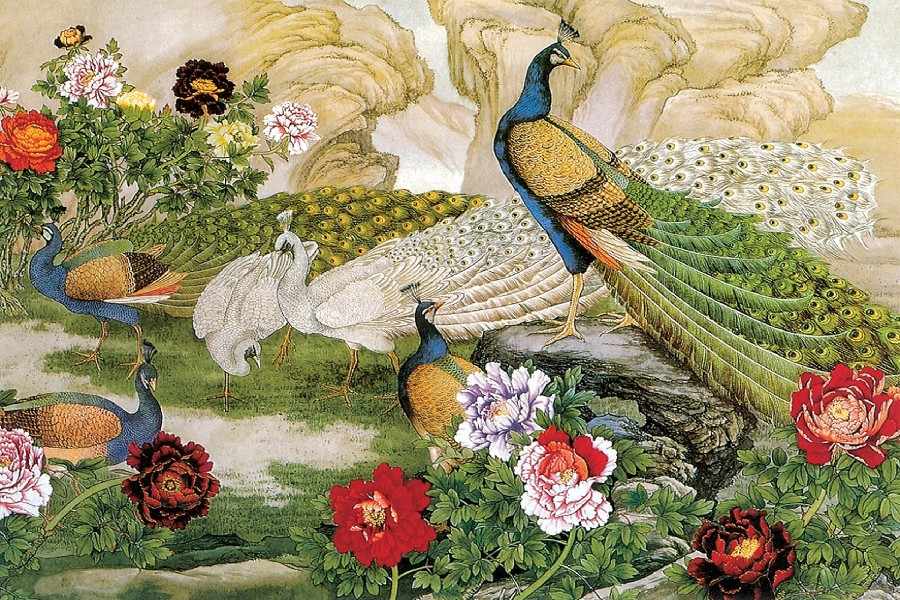Introduction
Exhaust dyeing is a popular method of dyeing in Bangladesh. Companies are increasingly concerned with sustainable issues, particularly economic and environmental concerns. They want to conduct business in a way that minimizes environmental impact while maximizing profits and product quality. Cold Pad Batch Dyeing is a type of dyeing technique that offers superior dyeing quality with less environmental impact than the current exhaust dyeing method. This article describes the comparative advantages of the cold pad batch dyeing over the existing exhaust dyeing technique.
What is the Exhaust Dyeing process?
In Exhaust Dyeing process all steps (Pre-treatment, Dyeing & After-treatment) done in one machine. Winch Dyeing Machine (SCLAVOS), for example is the mostly used machine in exhaust dyeing. It is one of the latest winch dyeing machines with a lot of advantages over conventional Knit dyeing machine.
Dyeing Process:
What is the dyeing process recipe?
Pre-treatment:
- Detergent=0.6 gm/l
- Sequestering=0.5 gm/l
- Anti-creasing=1.0 gm/l
- Stabilizer= 0.27 gm/l
- Caustic soda=1.4 gm/l
- Hydrogen peroxide= 1.8 gm/l
- Acid= 1.0 gm/l
- Peroxide Killer = 0.27 gm/l
- Enzyme = 1.5 %
Dyeing (Black shade):
- Levelling Agent = 1 gm/l
- Anti-crease Agent = 0.5 gm/l
- Yellow = 0.82%
- Red = 0.73%
- Black = 8.22%
- Salt = 80 gm/l
- Soda ash=10 gm/l
- Caustic Soda = 3 gm/l
After-treatment:
- Acid = 1 gm/l
- Soaping Agent = 0.8 gm/l
- Acid = 0.1 gm/l
- Softener = 0.25 gm/l
What is the Cold pad batch dyeing process?
A semi-continuous procedure called cold pad batch dyeing includes padding dyestuff and auxiliary chemicals onto fabric, batching the padded fabric onto perforated beams to give the dyestuff time to react with the cotton, and then washing with little water. The primary steps in this process are passing the cloth through the dye bath and pressing it through the dying padder, followed by batching for twelve hours. Many dyers looking for high production rates find the Cold pad batch dyeing technique less appealing because of the lengthy batching period.
Dyeing process:
- Slitting: In COLD PAD BATCH Dyeing, it is not possible to dye fabric in tubular form. So, we need to slit the tube fabrics for making the fabric open width by Slitting M/C.
- Singeing: It is a mechanical procedure in which fabric hairiness or protruding fibers are removed from the surface of fabric by means of a burning process. This removal takes place using a burning process. This approach is carried out instead of an enzymatic treatment or a bio-polishing step during the exhaust dyeing procedure. Singeing is done in replace of Enzyme treatment.
- Scouring and Bleaching: By this process natural impurities & colors removed from fabrics via Scouring & Bleaching. This is carried out to prepare the fabrics for dyeing.
- Drying: In this machine, fabric dried after Scouring & Bleaching process to prepare the fabric for Dyeing (Padding). Width and GSM of the fabrics are controlled in this process as well.
- Padding: Padding is a vital step in the Cold Pad Batch Dyeing, where fabric dyeing is done. After passing through the dye solution, the fabric is squeezed by Padder to deposit the absorbed color by mechanical force. After Padding fabric is rolled in a roller and covered for batching process.
- Batching: After padding the fabrics are placed for rotation. Here the fabric rotates for 12-16 hours (time varies color wise) for color fixation.
What is the Process Recipe?
Pre-treatment:
- Detergent=5.5 gm/kg
- Sequestering=3.5 gm/kg
- Anti-creasing=0 gm/kg
- Stabilizer=6.0 gm/kg
- Caustic soda=25.0 gm/kg
- Hydrogen peroxide=25.0gm/kg
- Acid= 5.0 gm/kg
- Peroxide Killer = 0
- Enzyme = 0
Dyeing:
- Levelling Agent = 1 gm/kg
- Wetting Agent = 2 gm/kg
- Navy = 3.0 gm/kg
- Black = 64.0 gm/kg
- Salt = 0
- Soda ash= 20 gm/kg
- Caustic soda= 20 gm/kg
After-treatment:
- Acid = 2 gm/kg
- Soaping Agent = 1.5 gm/kg
Chemicals consumption?
| Chemical Name | Exhaust (Amount in kg) | Cold Pad Batch (Amount in kg) |
|---|---|---|
| Detergent | 9 | 16.5 |
| Sequestering Agent | 7.5 | 10.5 |
| Anti-crease Agent | 30 | 0 |
| Stabilizer | 4 | 18 |
| Caustic soda | 66 | 135 |
| Hydrogen peroxide | 27 | 75 |
| Acid | 28.5 | 21 |
| Peroxide killer | 4 | 0 |
| Levelling agent | 15 | 0 |
| Wetting agent | 0 | 6 |
| Soaping agent | 12 | 4.5 |
| Salt | 1200 | 0 |
| Soda ash | 150 | 60 |
| Softener | 10 | 0 |
| Dyes | Yellow= 24.6; Red= 21.9 & Black= 246.6 | Navy= 9 kg & Black= 192 K |
What are the advantages of Cold Pad Batch dyeing?
Cold Pad Batch (COLD PAD BATCH) dyeing offers the most economical and convenient method of dyeing cotton with reactive dyes. The energy and water consumptions are at the lowest and salt addition is eliminated, thus rendering it more eco-friendly and the dye fixation is also high. Cold pad batch dyeing (COLD PAD BATCH) is an alternative method of reactive dyeing that uses fewer resources. With COLD PAD BATCH there is no need to apply heat during the process, and no salt or humectants are needed. The advantages of the cold pad batch dyeing over the traditional exhaust dyeing are mentioned precisely as below:
- No need of salt for dyeing.
- Color pickup % is higher (10-15 %) than Exhaust dyeing process.
- Suitable for big volume color fabrics.
- No crease mark visible in heavy jersey whereas crease mark problem in exhaust dyeing.
- Produce big volume batches like 2000 kg to 5000 kg per batch
- Quality fault in dyeing is less compare to exhaust dyeing like running shade, uneven, crease mark etc.
- Need less water consumption (50 to 55 liters) compare to exhaust dyeing (65 to 75 liters).
- Need less manpower compare to exhaust dyeing.
- Energy saving process because color fixation occurs with time in Room temperature where in Exhaust dyeing it needs 60-80˚C for fixation.
- Environment friendly process comparing with Exhaust.
Sustainable advantages of Cold Pad Batch dyeing?
The environmental advantages of the cold pad batch dyeing are as follows:
- Less energy consumption as COLD PAD BATCH dyeing done at room temperature.
- Water consumption is about 15 liters less than exhaust process.
- Effluent Treatment process will be easier in case of COLD PAD BATCH comparing with Exhaust floor. As COLD PAD BATCH is salt free dyeing & dye pickup is more than Exhaust floor there are less TDS, BOD, COD values in waste water.
Check out these related articles:
















Hello sir
This comment has been removed by the author.
Thank you sir